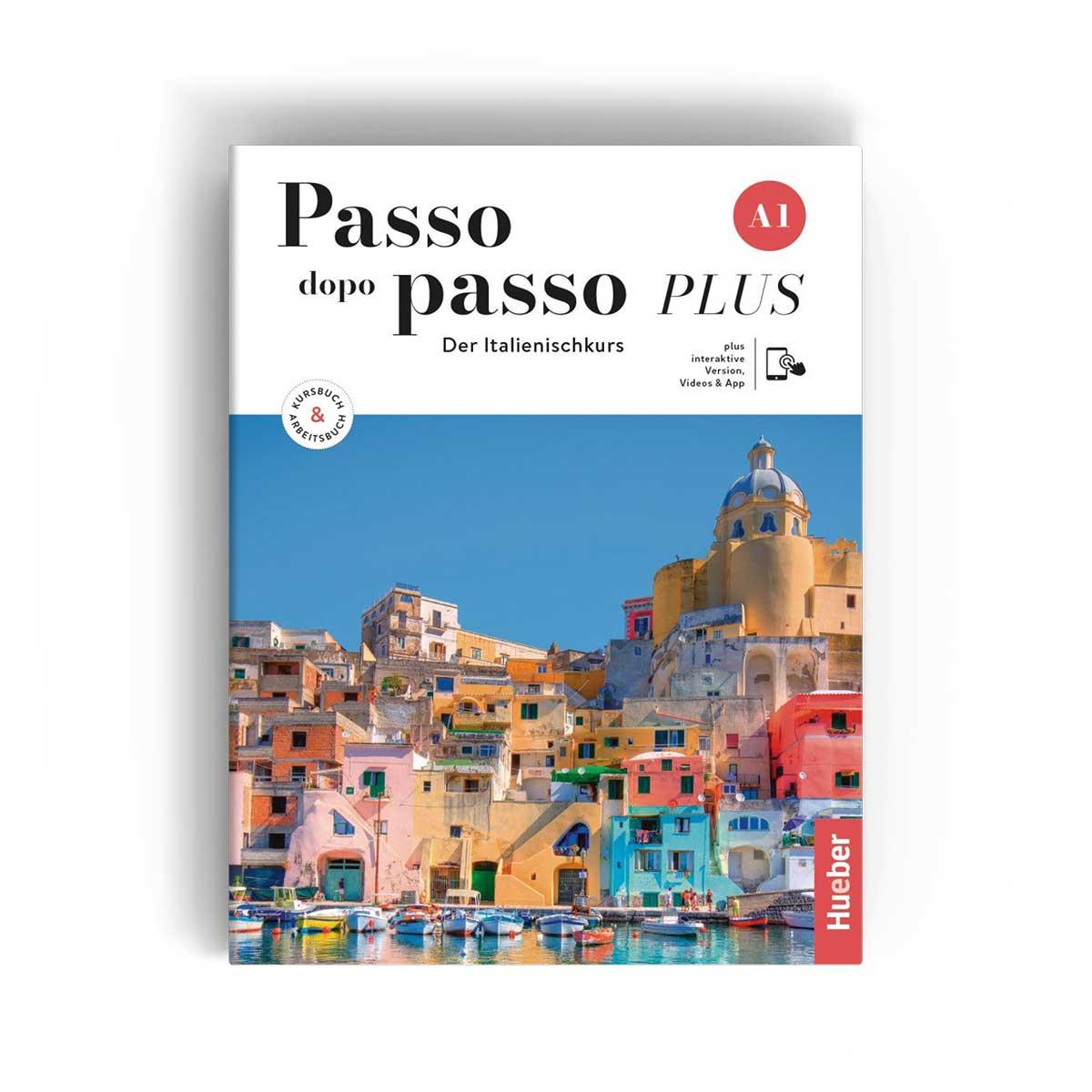Índice
In an age where content reigns supreme, the role of an editor has never been more pivotal. Whether you’re trimming the fat from a novel, polishing an article for clarity, or crafting a compelling narrative, the art of editing is a skill that can elevate your writing to new heights. But where do you start if you aspire to become an advanced editor? Fear not! This article unveils a step-by-step guide tailored for those eager to refine their editorial prowess. From understanding the foundational principles of editing to embracing advanced techniques that can transform your work, we encourage you to embark on this journey. Let’s unlock the door to mastery—your path to becoming an advanced editor begins today!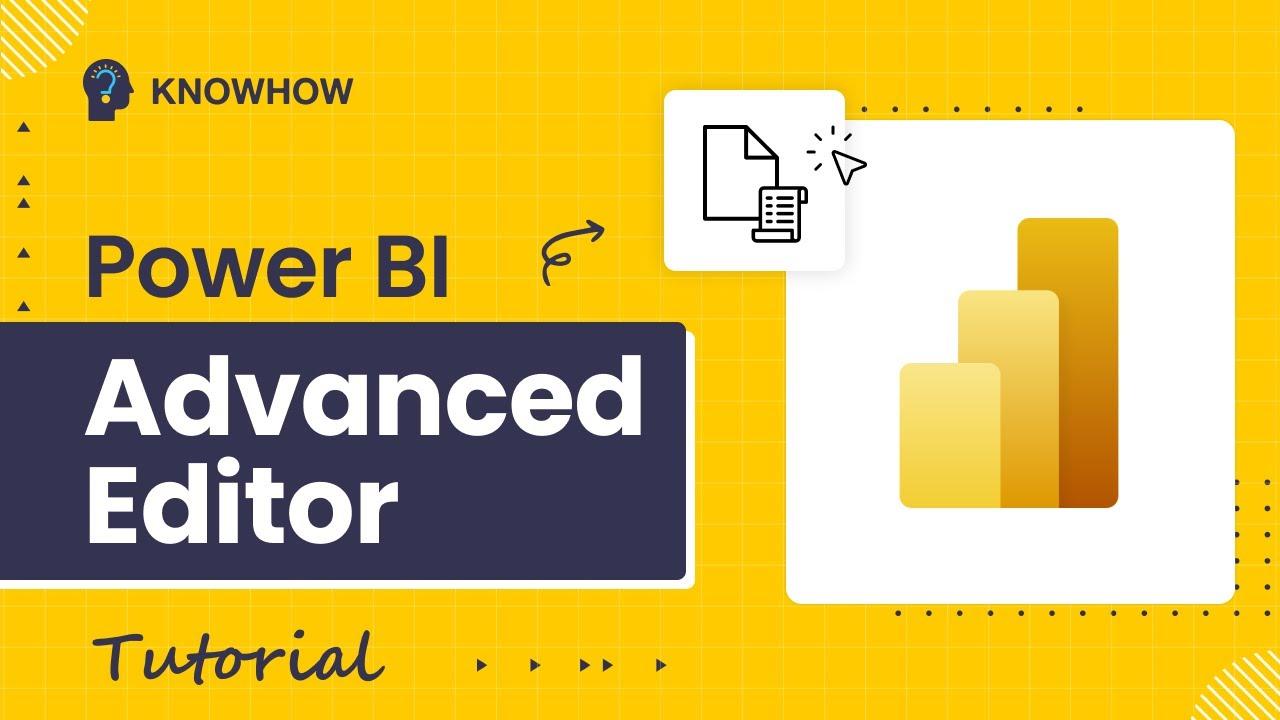
The Essential Skills Every Advanced Editor Should Master
Advanced editing goes beyond just fixing grammar and punctuation; it encompasses a range of critical skills that every seasoned editor should develop to elevate their craft. Attention to detail is paramount; an editor must not only spot errors but also ensure coherence and logical flow throughout the text. Additionally, mastering storytelling techniques allows an editor to enhance narrative elements, making the content more engaging and impactful. Familiarity with various styles and formats, such as APA, MLA, or Chicago, is essential to adapt the editing process to meet the specific needs of different types of content and audiences.
Furthermore, developing critical thinking skills helps editors analyze content more deeply, assess the author’s intent, and provide constructive feedback. An understanding of visual composition also plays a crucial role; knowing how layout, typography, and images interact with text can significantly influence the overall reading experience. effective communication skills enable an editor to convey their suggestions clearly and collaborate successfully with writers, creating a productive editing environment. By honing these skills, editors can take their expertise to the next level and ensure their work resonates with readers.
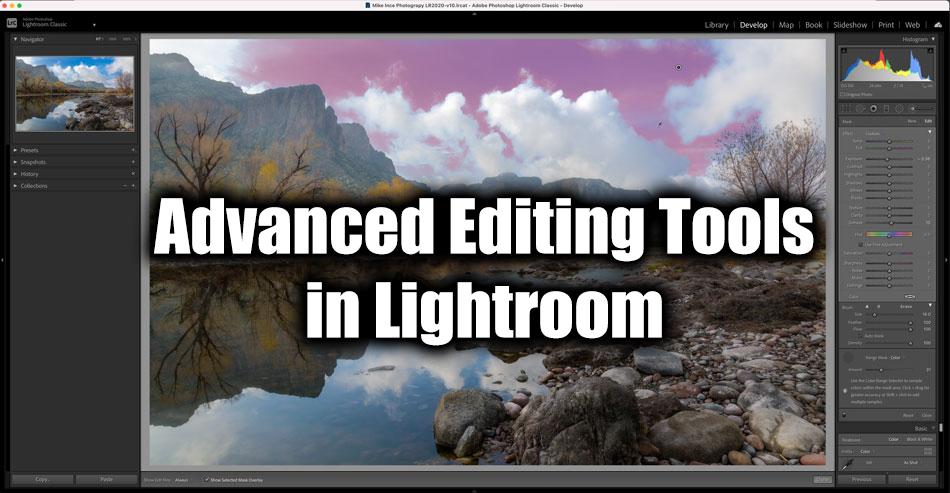
Navigating Advanced Editing Tools and Software
When it comes to reaching the pinnacle of editing prowess, mastering advanced tools and software is essential. Familiarizing yourself with a range of platforms can significantly enhance your workflow and creativity. Some of the most popular editing software includes:
- Adobe Premiere Pro: A top choice for video editors, providing a myriad of features for precise editing.
- Final Cut Pro: Known for its intuitive interface, ideal for users within the Apple ecosystem.
- DaVinci Resolve: Offers advanced color grading and visual effects capabilities, catering to both beginners and professionals.
- Adobe After Effects: Perfect for adding dynamic motion graphics to your projects.
Additionally, gaining proficiency in plugins and extensions can elevate your editing capabilities to new heights. Prioritizing resource management and staying organized will streamline your creative process. To illustrate this point, consider the following table comparing essential aspects of each software:
| Software | Key Features | Best For |
|---|---|---|
| Adobe Premiere Pro | Multi-track editing, VR support, collaboration tools | Professional filmmakers |
| Final Cut Pro | Magnetic timeline, advanced color grading | Mac users |
| DaVinci Resolve | Comprehensive color correction, editing, and audio | Colorists and editors |
| Adobe After Effects | Animation, visual effects, compositing | Motion graphic designers |
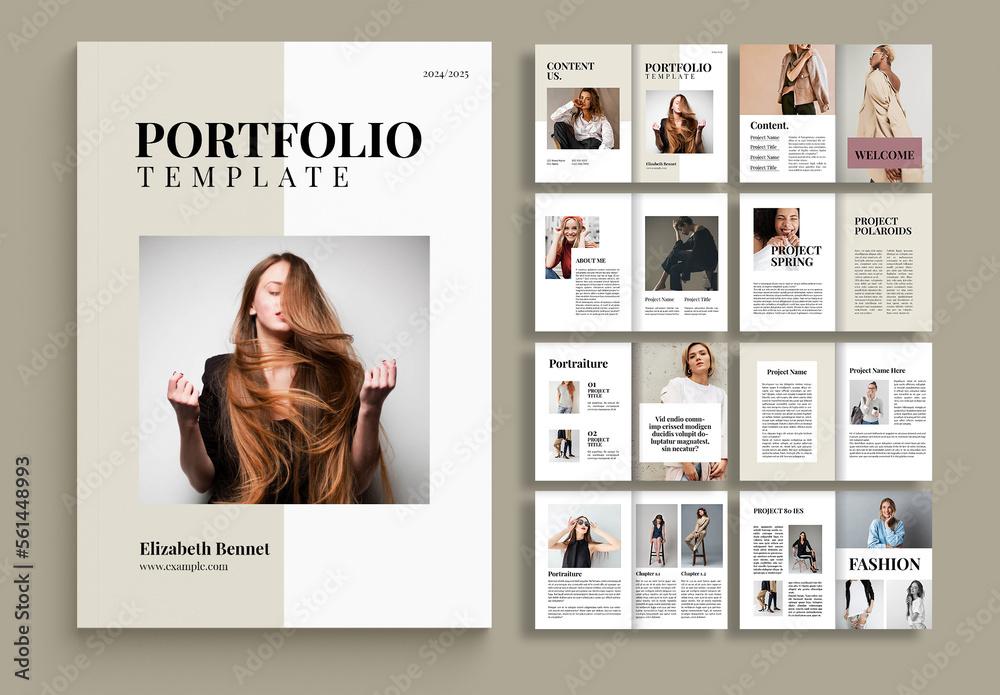
Building a Portfolio That Showcases Your Expertise
To establish a compelling portfolio, begin by curating a selection of your best work that reflects both the breadth and depth of your skills. Aim to include a variety of projects that showcase different techniques and styles. This diversity demonstrates your adaptability and understanding of various editing contexts. Consider featuring pieces that highlight your strengths, such as:
- Transformative before-and-after examples
- In-depth case studies that tell a story
- Projects completed within tight deadlines to illustrate reliability
Next, ensure that each piece in your portfolio is accompanied by contextual information. This could include your role in the project, the tools and techniques you used, and the results achieved. Presenting this information not only enhances credibility but also provides insight into your decision-making process. A well-structured layout can make your portfolio more engaging. Here’s a simple format to consider for each project:
| Project Title | Your Role | Key Techniques Used | Outcome |
|---|---|---|---|
| Urban Landscapes | Lead Editor | Color Grading, Retouching | Increased engagement by 40% |
| Documentary Feature | Assistant Editor | Cinematic Cuts, Sound Design | Aired on National Television |
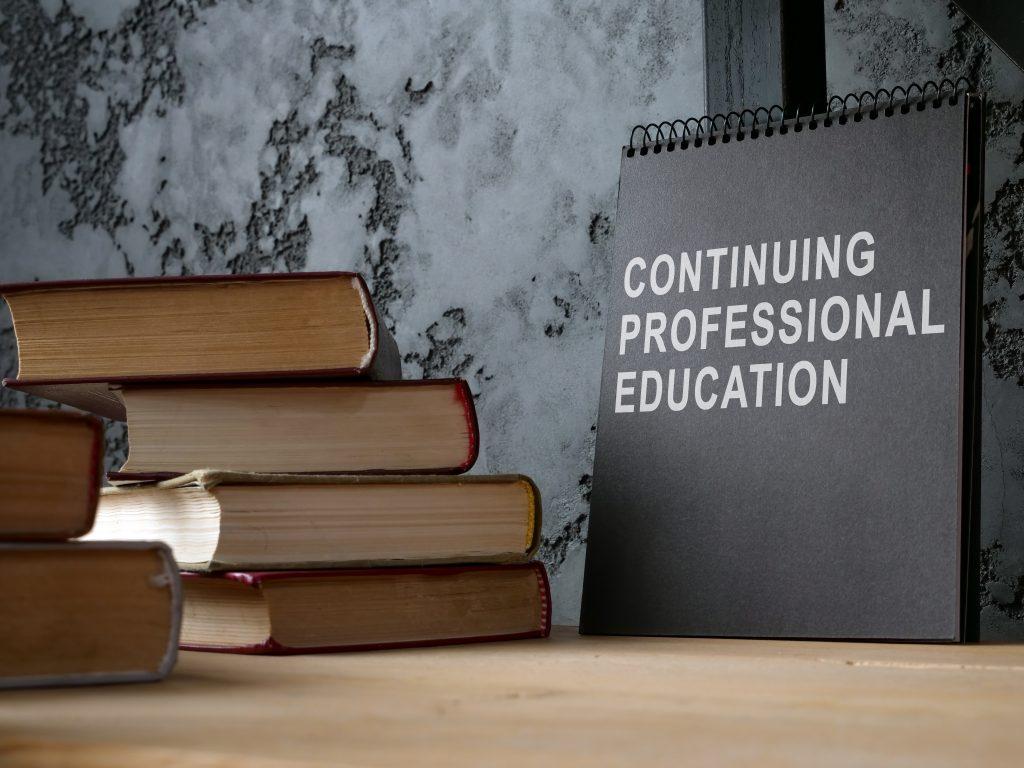
Continuing Education: Staying Updated in the Editing World
To thrive in the editing industry, one must embrace a mindset of continual learning and adaptation. The landscape of editorial work is ever-evolving, driven by technological advancements and shifting reader preferences. Engaging with platforms that foster skill enhancement is crucial. Consider exploring the following avenues to keep your knowledge current:
- Online Courses: Platforms like Coursera and Udemy offer a range of courses on advanced editing techniques and tools.
- Webinars: Join industry experts in webinars where they share insights and the latest trends in editing.
- Networking: Connect with fellow editors through professional organizations to exchange knowledge and experiences.
Additionally, subscribing to editing journals and following influential blogs can help you stay informed about best practices and new developments in the field. Here’s a simple table summarizing valuable resources:
| Resource Type | Recommended Sources |
|---|---|
| Online Courses | Coursera, Udemy |
| Webinars | American Society of Editors |
| Journals | Editing Today, The Editor’s Association |
To Conclude
embarking on the journey to become an advanced editor is both a challenging and rewarding experience. By following the outlined steps, you can cultivate the skills and knowledge necessary to elevate your editing prowess. Remember, every great editor began as a novice, and embracing continuous learning is key to your success. So, seize the moment and start your transformation today. The world of editing awaits, filled with opportunities for creativity and precision. Your adventure begins now—immerse yourself, practice diligently, and watch as your editorial journey unfolds in ways you never imagined. Happy editing!
